7. Talking about history of fairy tales we must always mention Giambattista Basile's book Pentamerone, sometimes called mother of all fairy tales. Title of the story is Cenerentola (Cinderella is here called Zezolla) and we have all the basic elements of today's most popular versions: wicked step mother, unfriendly sisters (six in this case), Zezzola has to work in the kitchen, a fairy and a tree with magic powers, king's ball, three escapes of disguised Zezzola and, what else, a shoe which can fit only Zezzola's foot.
Beware! There is one big exception from other Cinderella's. Zezzola in Basile's story on advice of her governess kills her stepmother and then convince her father to marry governess (who became her second step mother) just to find out this step mother is much worse than first one!
8. In 17 th century Charles Perrault wrote his version of Cinderella (called Cendrillion). He erased the tree and added pumpkin transformed into coach and mouses transformed into servants. All these novelties were more than welcomed when Disney made his animated film about Cinderella. But! Perrault's wicked sisters were in fact pretty and in the end they find noble husbands too.
Probably most important specialty is material of slippers: this is first version with slippers made of glass and this is so different from older variants many people believed Perrault mistranslated older story with slippers made of fur (there were only two materials suitable for Cinderella's shoes in history: gold or precious furs). Now we can be almost sure Perrault made shoes of glass on purpose.
9. Brothers Grimm were closer to tradition. Their version doesn't have a fairy or a coach with servants, but it has a tree growing on Cinderella's dead mother's grave, being watered by Cinderella's tears and waiting to fulfill Cinderella's most important wishes. Slippers are here made of gold again.
Grimm's version introduced birds as Cinderella's helpers. And as we know, white dove is a symbol of holy spirit. Message of Jakob an Wilhelm was: be obedient, be patient, be persistent and you will be rewarded. Another characteristic is cruel punishment of wicked sisters. They lost parts of their feet when desperately tried to put them into tiny slipper and they lost their eyes when attended wedding ceremony of Cinderella!
10. The most popular and profitable Cinderella was made by Walt Disney in 1950 with a budget of unbelievable three million dollars. Disney company was in financial troubles in those times and Cinderella maybe saved them from bankruptcy.
This was not Cinderella's last success. Working Girl with Melanie Griffith, Pretty Woman with Julia Roberts, Ever After with Drew Barrymore are only some of hundreds of movies based on the same elements as Cinderella. Apparently we all enjoy in this story again and again. For the rest of our lives?


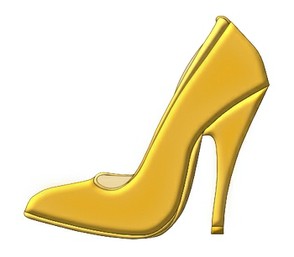
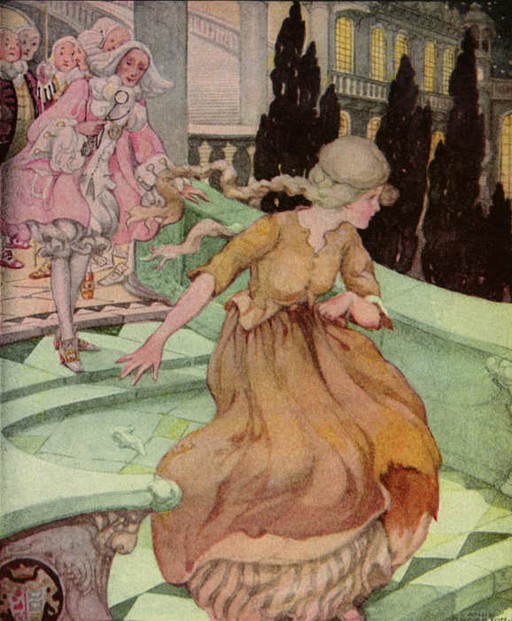
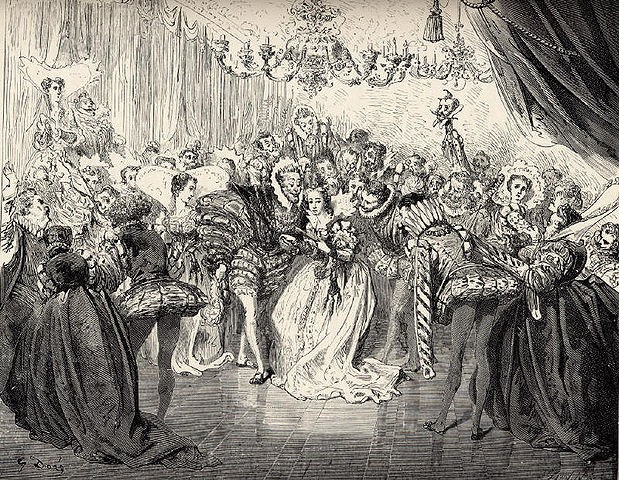
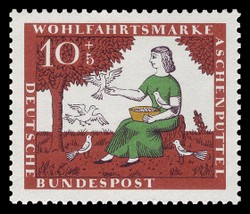

 Vintage Postcard Artists with 10 Examples of Easter Cardson 02/21/2025
Vintage Postcard Artists with 10 Examples of Easter Cardson 02/21/2025
 Valentine's Symbolson 01/23/2025
Valentine's Symbolson 01/23/2025
 Thanksgiving Symbolson 11/12/2024
Thanksgiving Symbolson 11/12/2024
 Famous Witches in Literary Historyon 10/06/2024
Famous Witches in Literary Historyon 10/06/2024
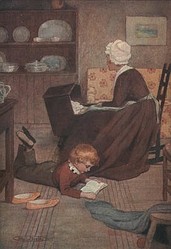
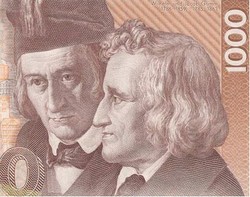
Have you ever felt like Cinderella?
I think we can find them in all cultures. In Scandinavia there are a lot of stories about boys related to the heath and ashes.
My wizzley Book Review of The Irish Cinderlad: Fairy Tale About a Boy From the Emerald Isle Folklore of Ireland (https://wizzley.com/book-review-of-th...) dealt with the story of big-footed, cinder-consigned Becan, according to authoress Shirley Climo.
The 1996-publication fanfare enumerated male Cinderella counterparts in Balkan, Hungarian, Indian, Irish, Japanese and Scandinavian cultures.
But Becan seems to be an Irish American cultural tradition or retelling.
Would there be male Cinderfellows in the other cultures -- Balkan, Hungarian, Indian, Japanese, Scandinavian -- listed above?
There are so many proverbs and symbolic associations with a dove I would not treat them as necessarily connected to each other.
The second paragraph to the 9th fact advises us that "Grimm's version introduced birds as Cinderella's helpers. And as we know, white dove is a symbol of holy spirit. Message of Jakob an Wilhelm was: be obedient, be patient, be persistent and you will be rewarded."
The above-mentioned advice from fairy-tale actions and activities confirms what real-world experiences emphasize about manners and patience.
This may be somewhat related, somewhat unrelated, but Unitedstatesian culture promotes the saying that "The early bird gets the worm!" That perhaps runs somewhat counter to patient virtues even as perhaps it would more emphasize the virtue of not procrastinating, correct?
Tolovaj, Thank you for prettifying your 10 fun facts with the Dore illustration.
In addition, I appreciate the link to your Feb. 27, 2011 article and to your HubPages writings.
Have you seen the Kenneth Branagh-directed Cinderella film?
Thanks, ologsinquito!
I've always loved the story of Cinderella. I'm pinning this to My Wizzley Writing Board.
The Cindarella story in its hundreds variation is probably the most popular tale in the world. It is known in all cultures. Thanks for stopping by, WriterArtist.
I have often dreamed myself of being a princess - Cinderella or Snow white and a prince charming who would be my hero. I am surprised with so many versions of stories in the ancient days, well - we have history repeating itself. The story of Cinderella keeps repeating in the modern days as well.
Thanks, ologsinquito, shoes are really powerful symbol!